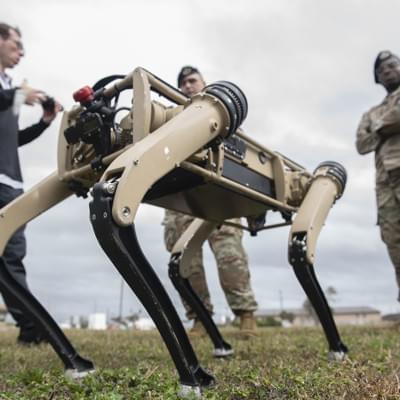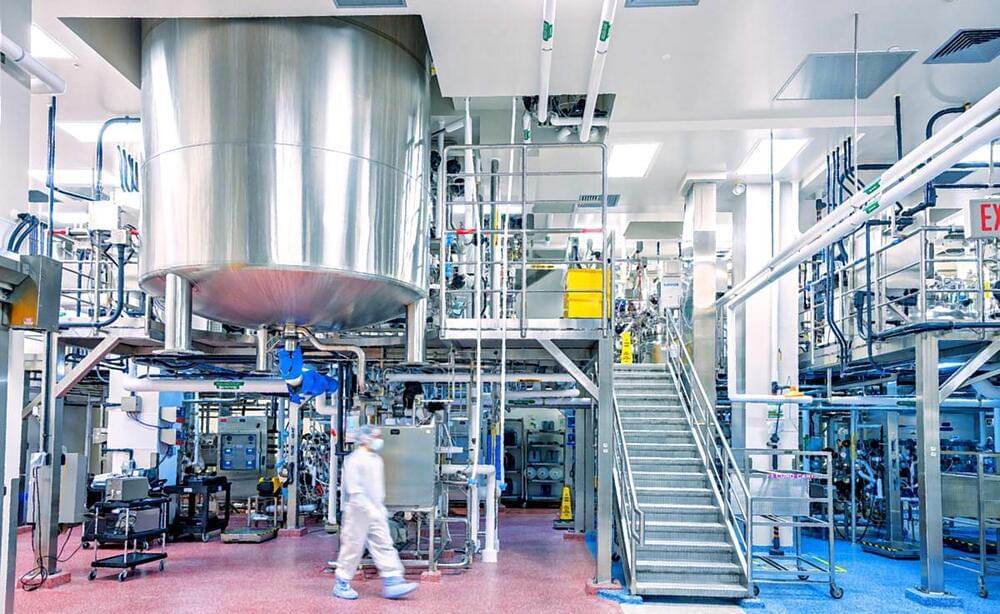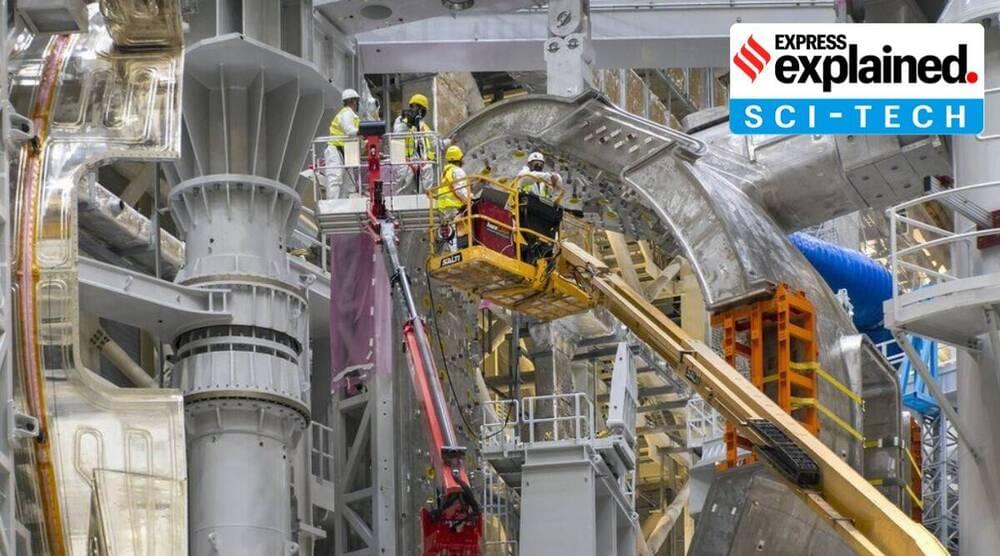Feb 14, 2022
The Dog Aging Project Will Study Longevity in 60,000 Pups
Posted by Kelvin Dafiaghor in category: life extension
Our furry friends are about to fetch new answers to the tough problem of longevity.
The Dog Aging Project (DAP), launched in 2018, is recruiting tens of thousands of loyal canine companions for a comprehensive study. The open-sourced collaborative project, expected to last ten years, has ambitious goals: tackle the thorny problem of what contributes to aging, and test ways to prolong healthy longevity.
Aside from its massive scale—it’s the largest data-gathering program of its kind—the project stands out in that it eschews the usual method of using lab animals, grown in carefully-controlled environments and often inbred. Instead, DAP is recruiting dogs from across the country, with a smorgasbord of breeds, ages, and environments.

















